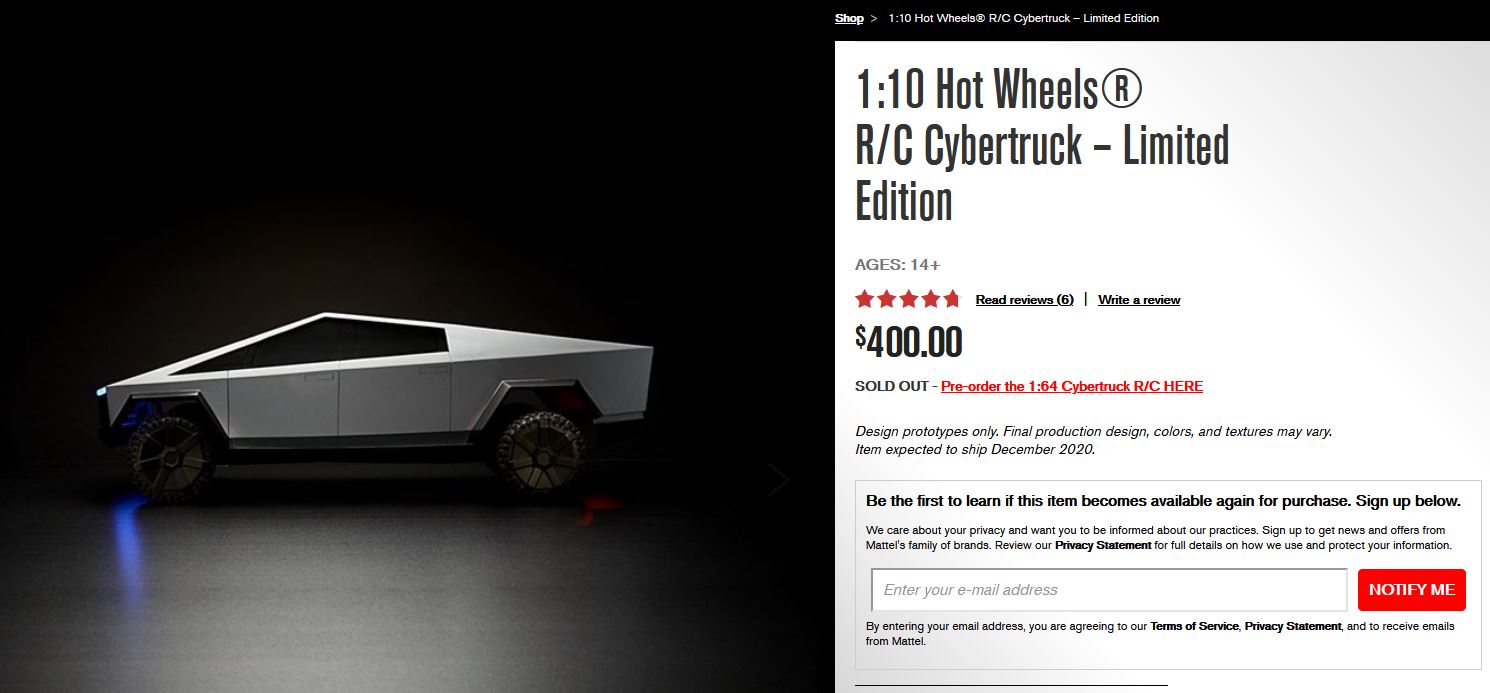Tesla and Panasonic are ending their manufacturing agreement to produce solar cells at Gigafactory New York as early as May and with a planned full exit by September this year.
While the two companies scrap their solar joint venture, Tesla and Panasonic will continue its collaboration on automotive batteries, Nikkei Asian Review reported on Tuesday. The partnership was first announced in 2016 and started production of core components for solar panels in 2017.
The solar cells produced by Panasonic at the Gigafactory in Buffalo were also to be utilized for Tesla’s Solarglass tiles, which are solar roof panels designed to look like regular roof tiles, but the solar cells produced by the Japanese electronics company reportedly failed to achieve such look. There were earlier reports that the latest version of the Solar Roof uses solar cells from China with Panasonic ending up distributing its Giga New York-produced solar cells to other clients and Japanese homebuilders.
The termination of the solar joint venture of Tesla and Panasonic comes a few weeks after the announced its battery partnership with China’s Contemporary Amperex Technology Co Ltd (CATL).
The Empire State Development (ESD) that’s responsible for encouraging business investment and job creation in the state of New York confirmed the fallout between Tesla and Panasonic.
“We understand that Panasonic has made a corporate decision to move away from global solar products, but this action has no bearing on Tesla’s current operations nor its commitment to Buffalo and New York State, according to Tesla,” said ESD Chairman Howard Zemsky
Tesla will be absorbing most of the 400 workers of Panasonic in its facility in New York. Giga New York currently employs around 1,100 workers aims to up that number to around 1,500 workers by April.
Tesla has been setting the stage to ramp Solarglass Roof installation as 2020 kicked off with a hiring spree to boost its solar energy team.
“The demand is very strong and we are working also not just through Tesla Solar Roof, but also through new homebuilders and through just the roofing industry in general, whether is in North America on the order of 4 million new roofs per year,” Tesla CEO Elon Musk said during the company’s 2019 Q4 earnings call.
The Giga New York facility has also ramped production to meet the goal of Tesla’s energy business as evidenced by a big jump to 54MW deployment in the Q4 of last year from Q3’s 43MW.
While the ending of the Panasonic deal could be seen as a temporary setback, Elon Musk and Tesla will host a “company talk” in April at Giga New York. The Tesla chief executive said that it will present a compelling story during the talk that coincides with the date he mentioned for Battery Day. It will also not be surprising if Tesla announces new plans about its solar energy business on the said day.
Elon Musk has been optimistic about Tesla’s energy business.
“…the really crazy growth for as far into the future as I can imagine. … It would be difficult to overstate the degree to which Tesla Energy is going to be a major part of Tesla’s activity in the future,” Musk said during a call with analysts.

<!–
–>



